The University of Alberta says it has solved a mystery nearly a year in the making: seismic activity that led to the ground shifting in Alberta Beach last January was caused by ice quakes.

On New Year’s Day, residents on the south side of Lac Ste. Anne, Alta. reported hearing loud crashing and creaking noises overnight. Homes were damaged and there were massive cracks in the frozen lake.
The Alberta Energy Regulator, which oversees seismic activity in the province, said two seismic events of approximately 2.0 magnitude each occurred just before midnight. However, the exact cause of the activity was not clear.
The University of Alberta released research Thursday that revealed ice quakes were to blame.
“Central Alberta is a pretty seismically quiet place, and so the fact that these tremors were felt in several communities across the region, and with this much power, is quite noteworthy,” said Jeffrey Kavanaugh, associated professor in the department of Earth and Atmospheric Sciences.
“Unlike most seismic activity, which is caused by tectonic stresses, these were caused by thermal stresses related to Alberta’s cold climate.”
The quakes occurred on Lac Ste. Anne, Pigeon Lake and Gull Lake.
What are ice quakes?

Get daily National news
Ice quakes — or cryoseisms — usually occur when there is a rapid drop in temperature. Water that is in the ground freezes. Because it has nowhere else to go, it cracks the soil or rock, causing a loud noise and the shaking of the ground.
There are two types of cryoseisms: a frost quake and an ice quake. An ice quake occurs over bodies of water such as lakes and rivers.
During the quakes in central Alberta on New Year’s Day, a lack of insulating snow cover and a dramatic rise in temperature over 24 hours — from -35 C to -5 C — caused the lake ice temperature to rapidly rise.
“This caused a rapid thermal expansion of the ice, up to four metres towards the shoreline,” said Ryan Schultz, a geophysical research scientist and seismologist at the Alberta Geological Survey.
“With nowhere for the expanding icefront to go, it eventually buckled and broke suddenly — resulting in the ice quake shaking and the spectacular ice-ridges forming near the lakefront.”
The research team suggests the last time Alberta saw a phenomenon like this was several decades ago.
“It’s possible that all of these conditions only come together at the same time and the same place on a scale of decades,” Schultz said. “But along these lines, better understanding the physical process that caused these ice quakes is helpful for understanding them and maybe even anticipating them in the future.”
Alberta Beach is located about 70 kilometres west of Edmonton.
WATCH BELOW: Residents of Alberta Beach woke up to hills, cracks and buckled property. (Filed January 3, 2018).




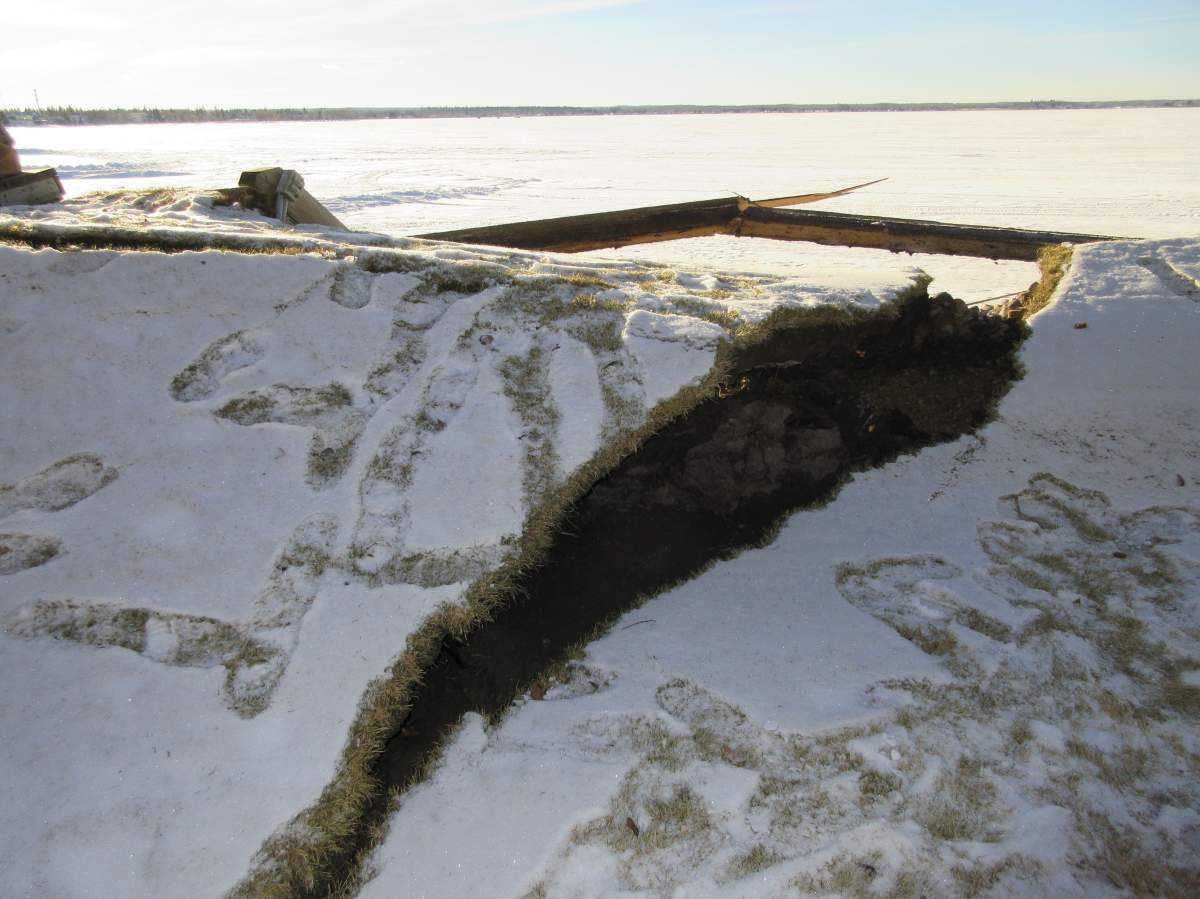







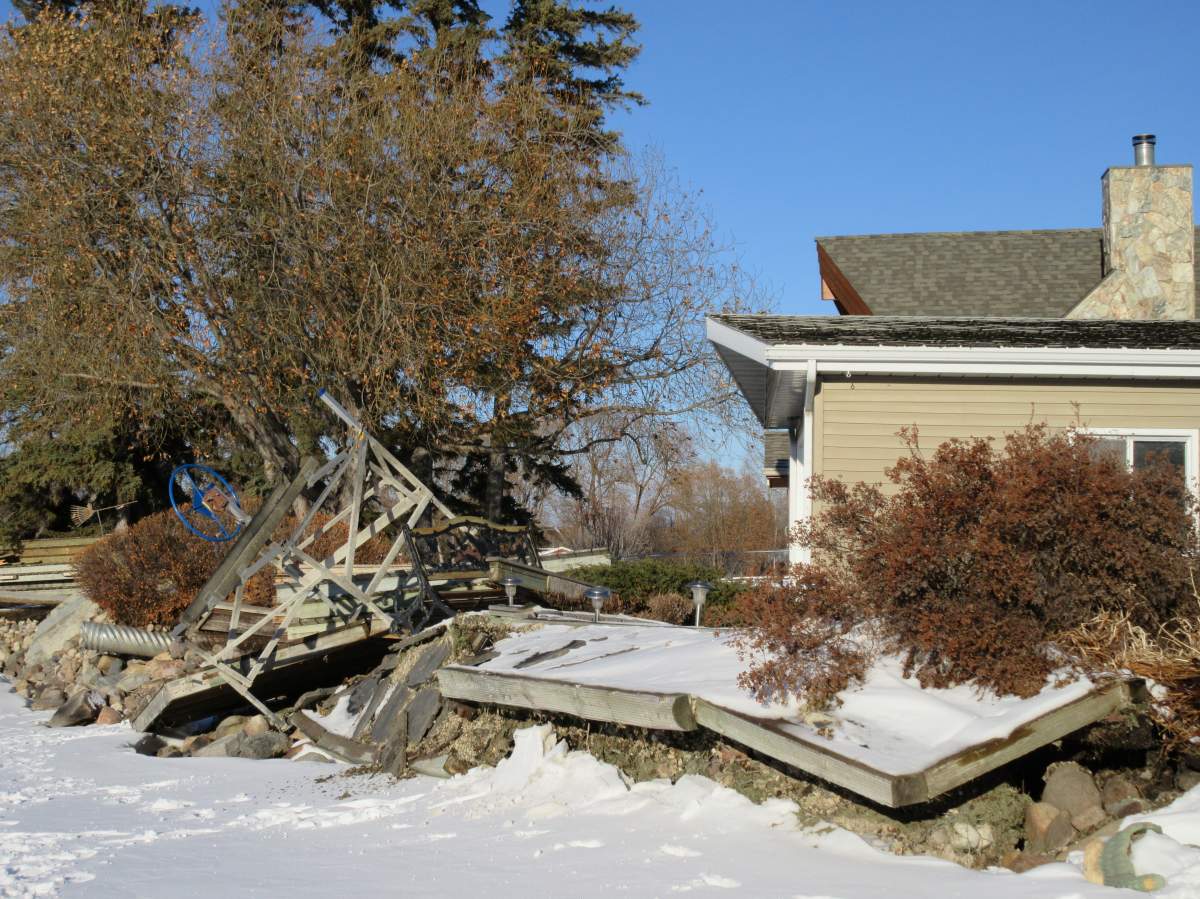



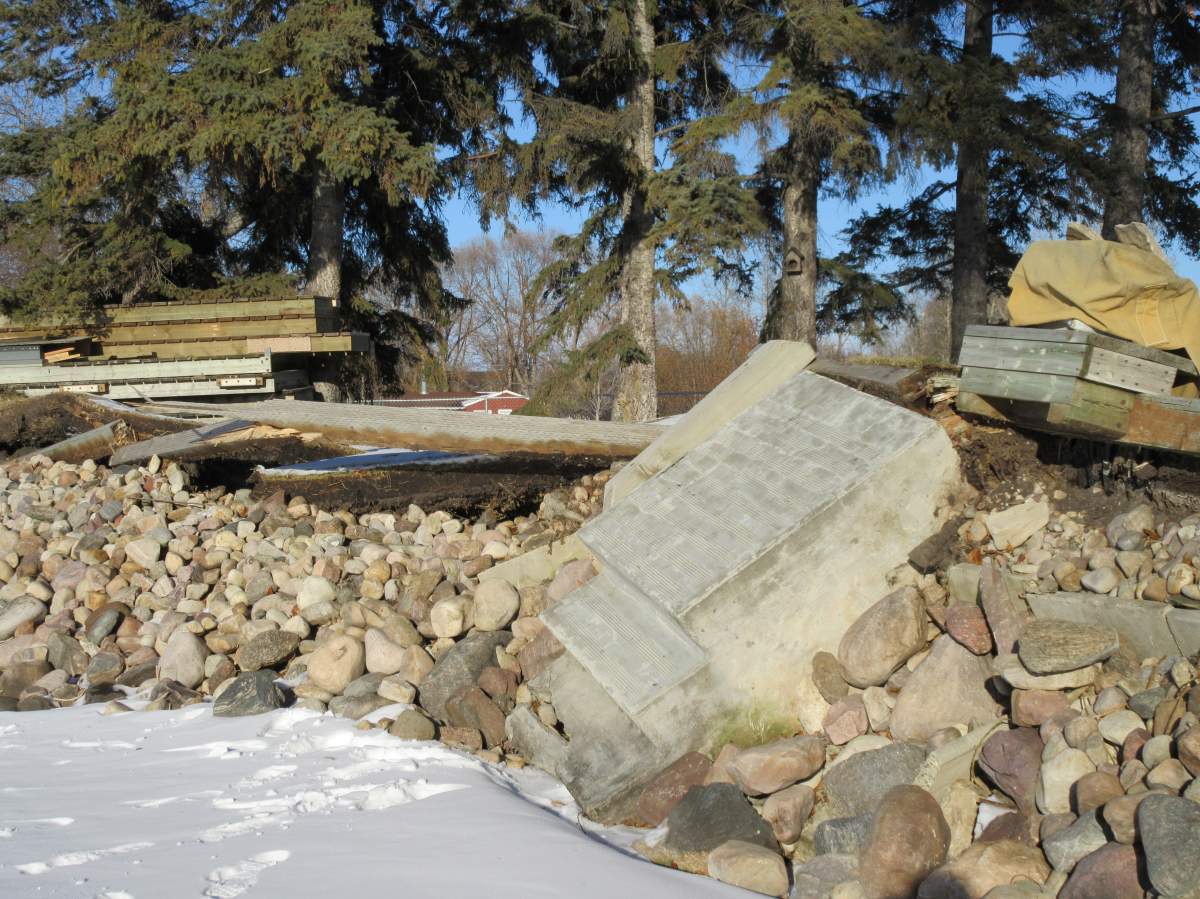



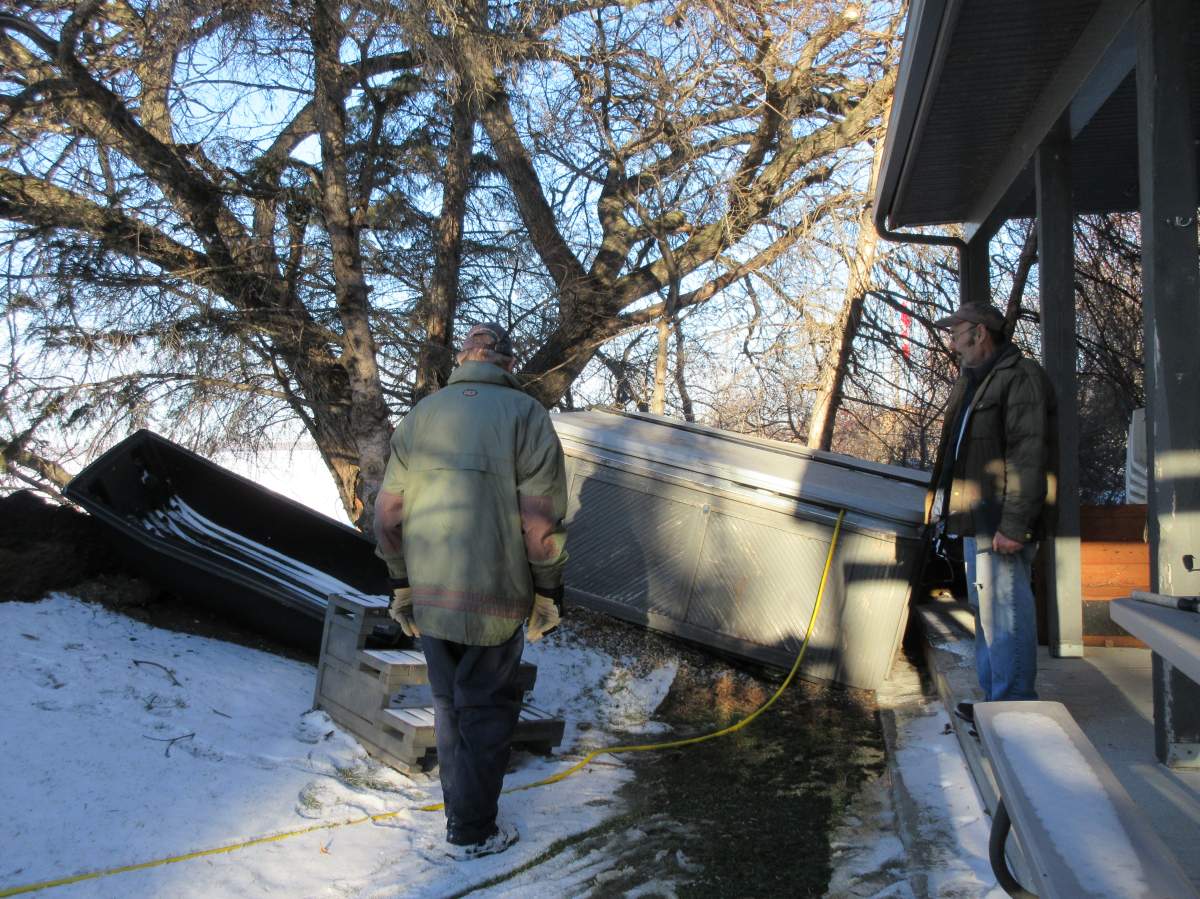

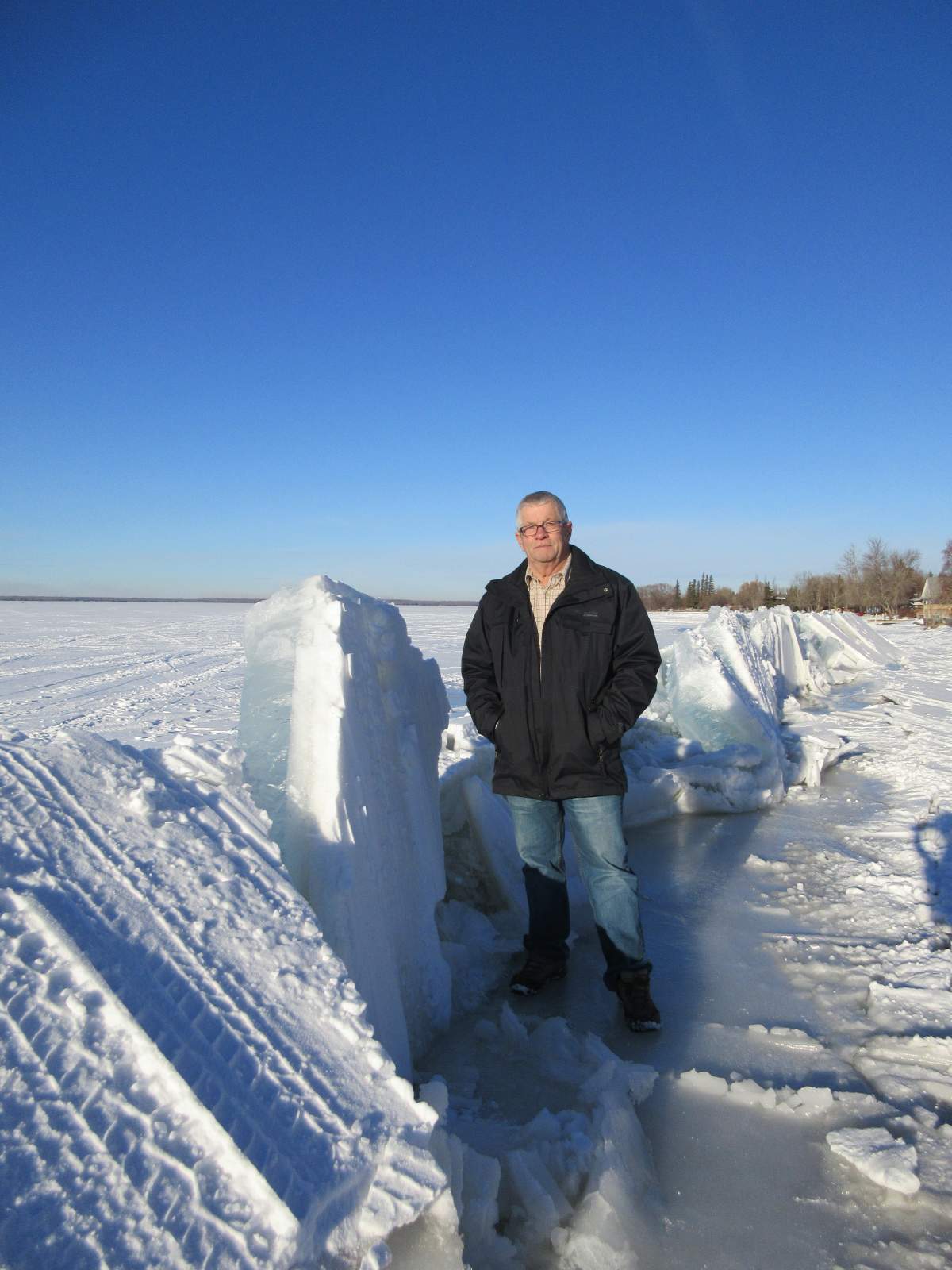





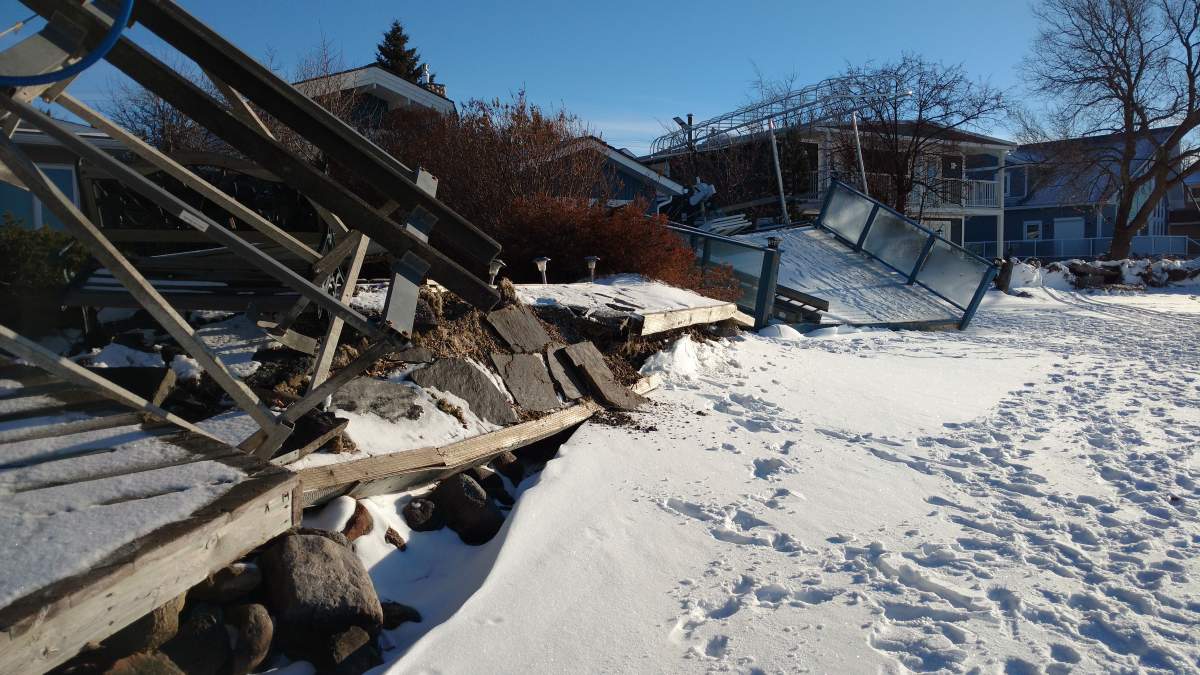

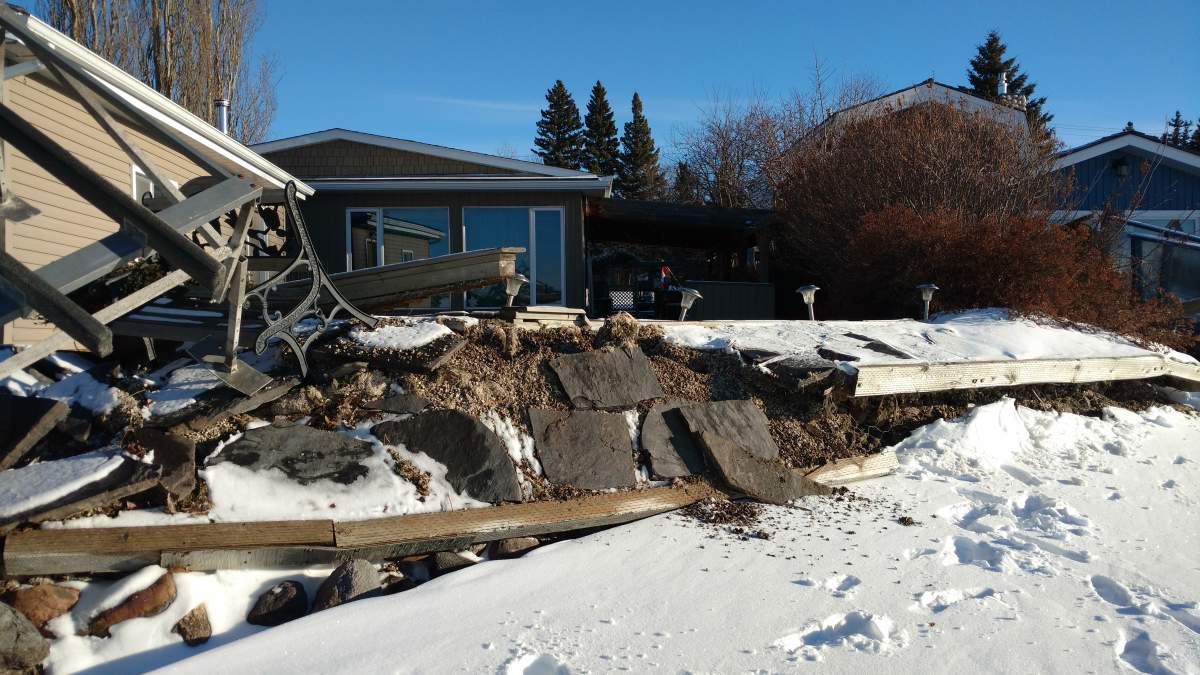

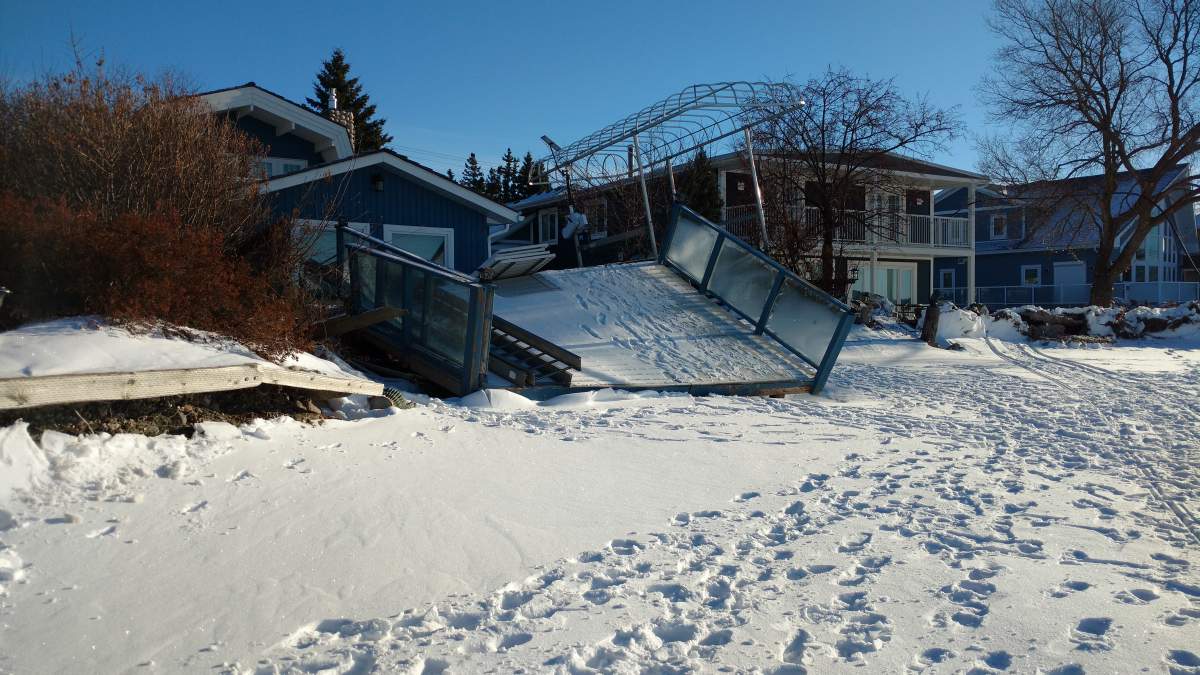



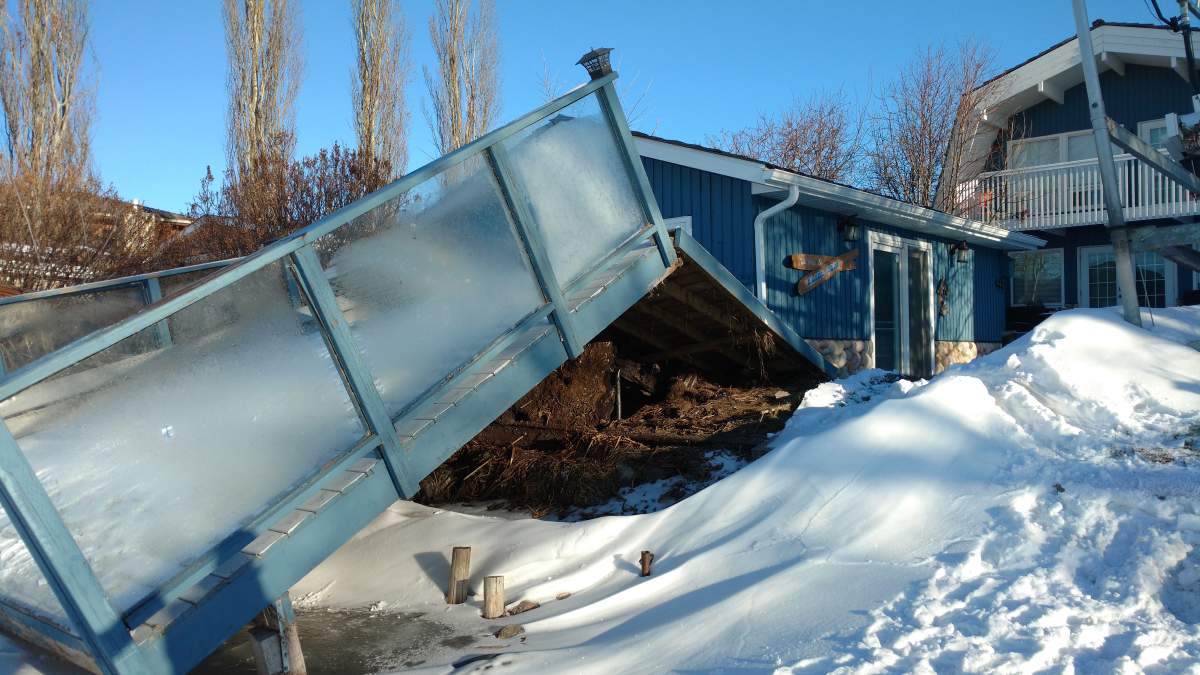

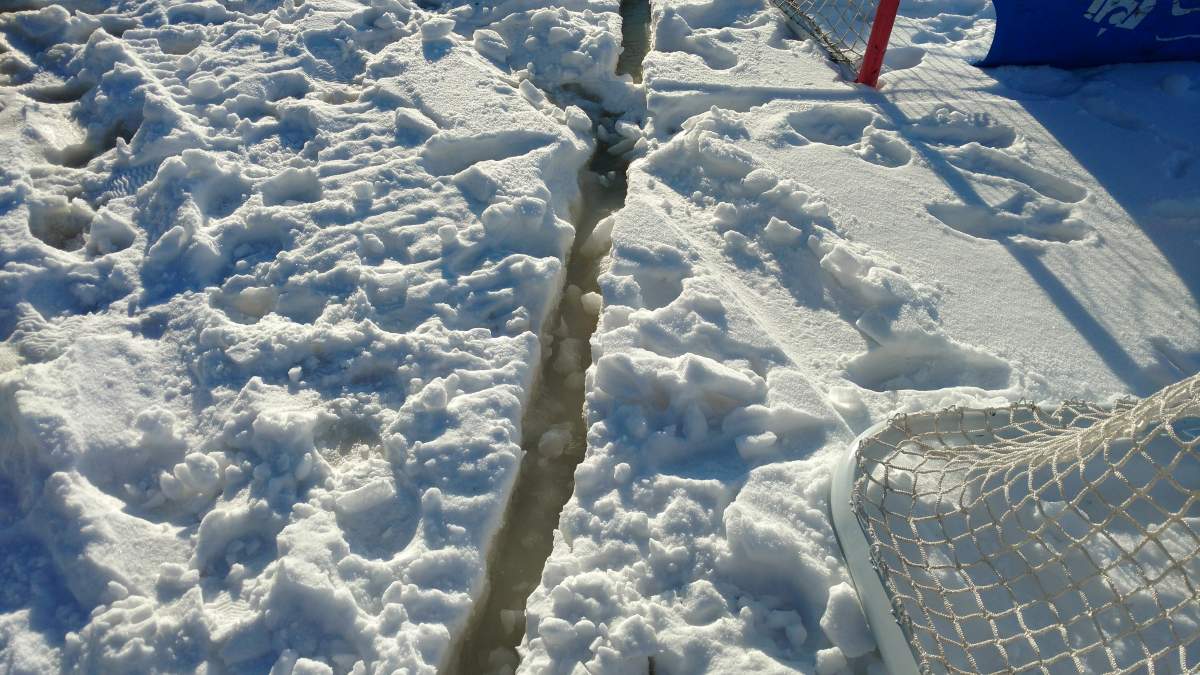

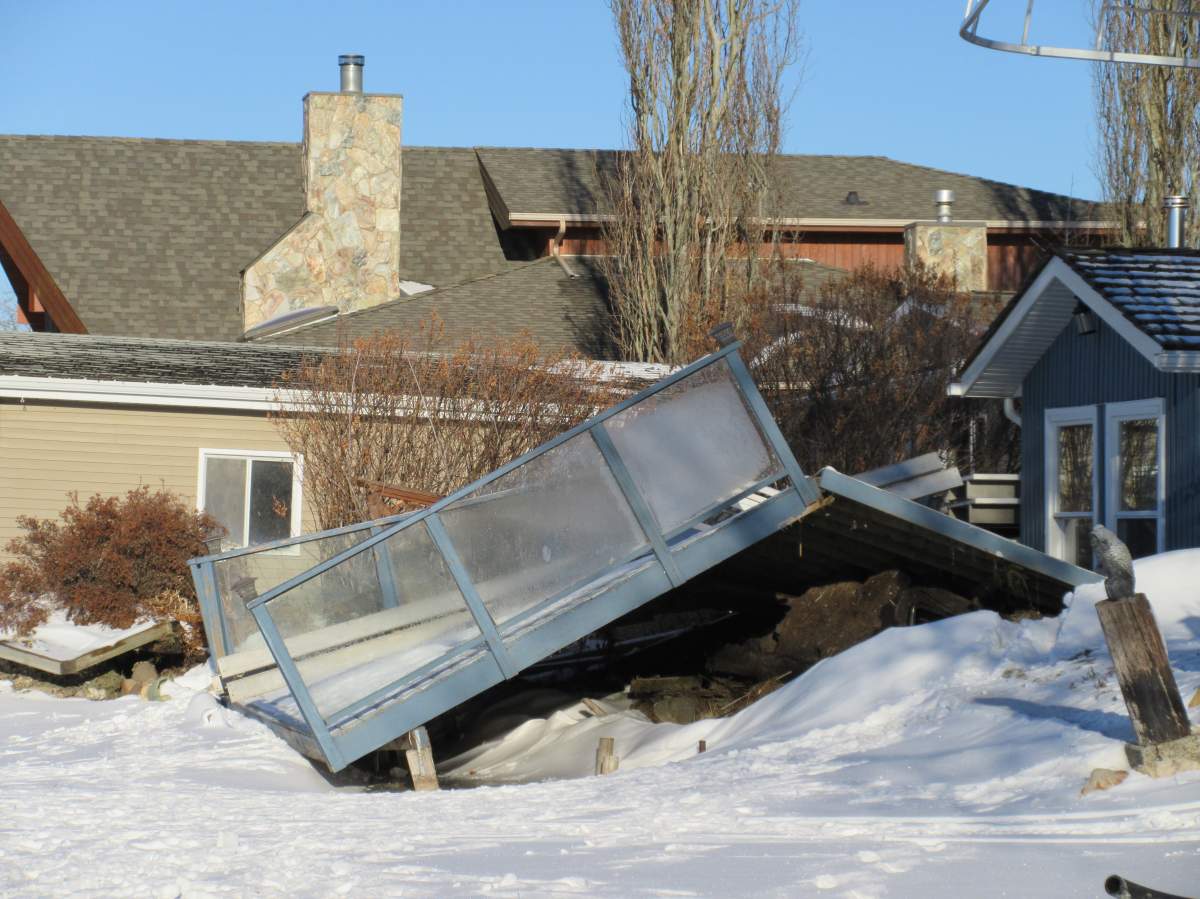

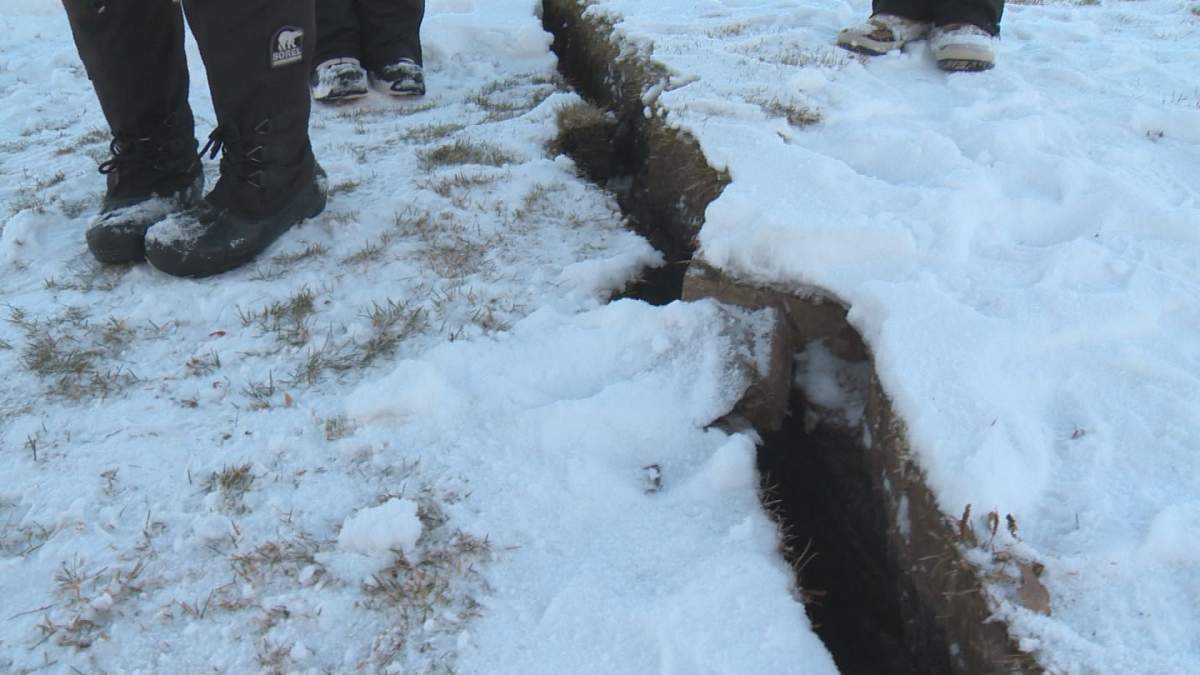

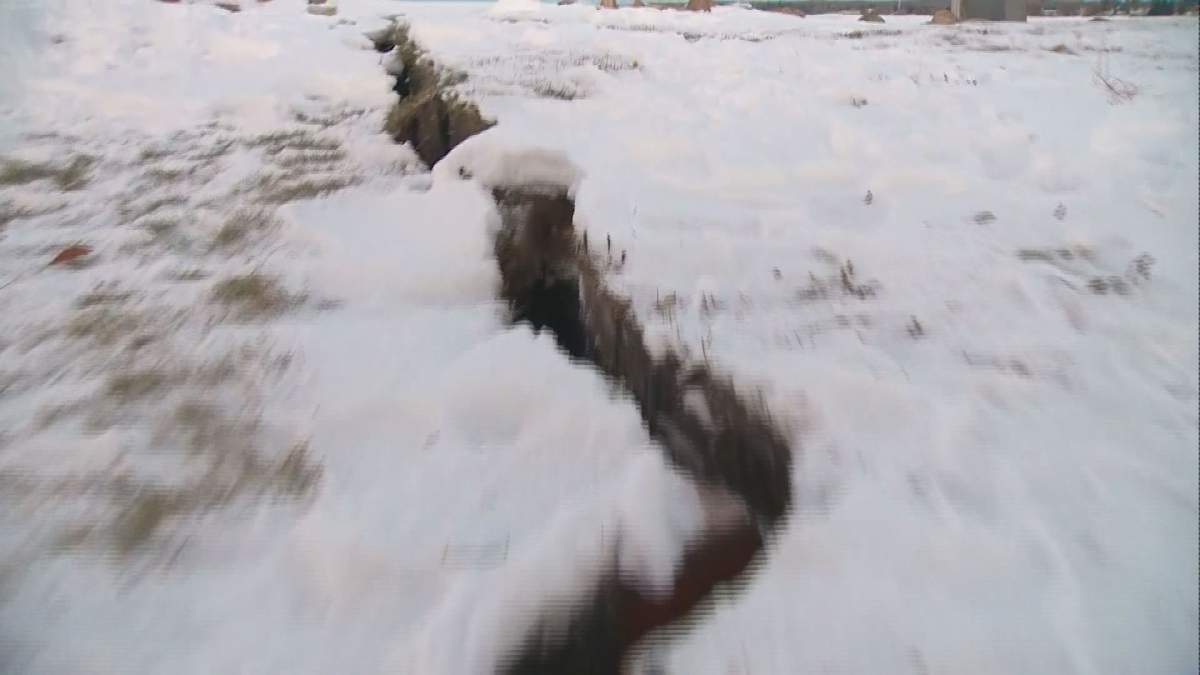

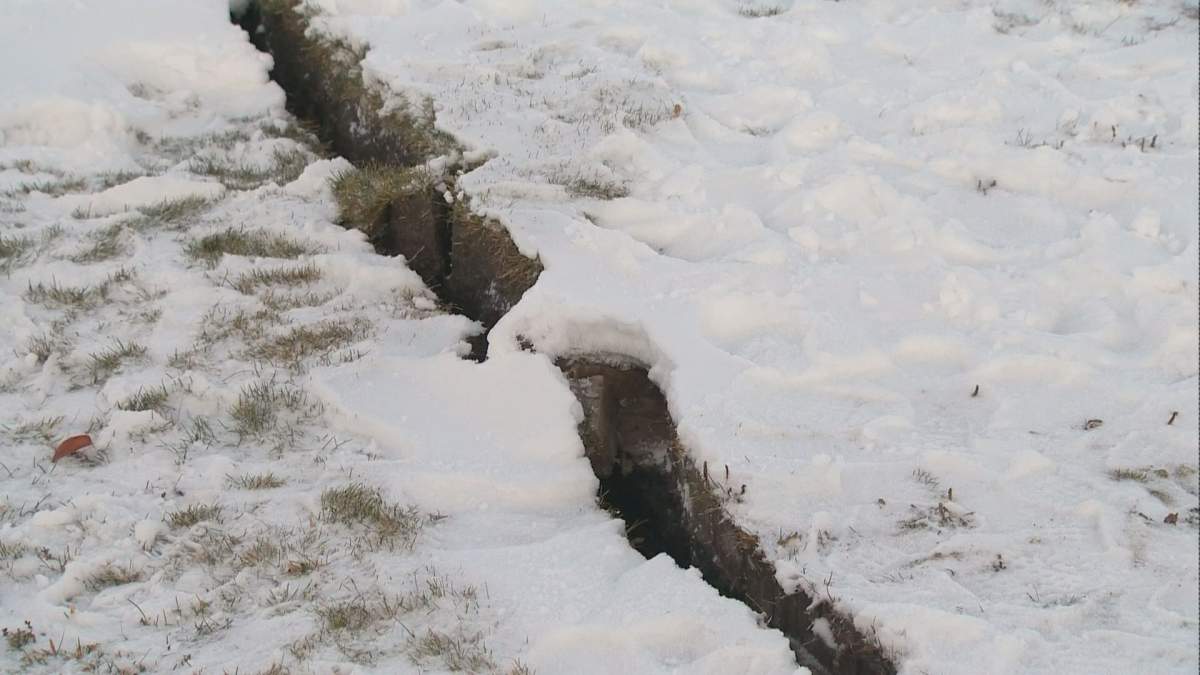

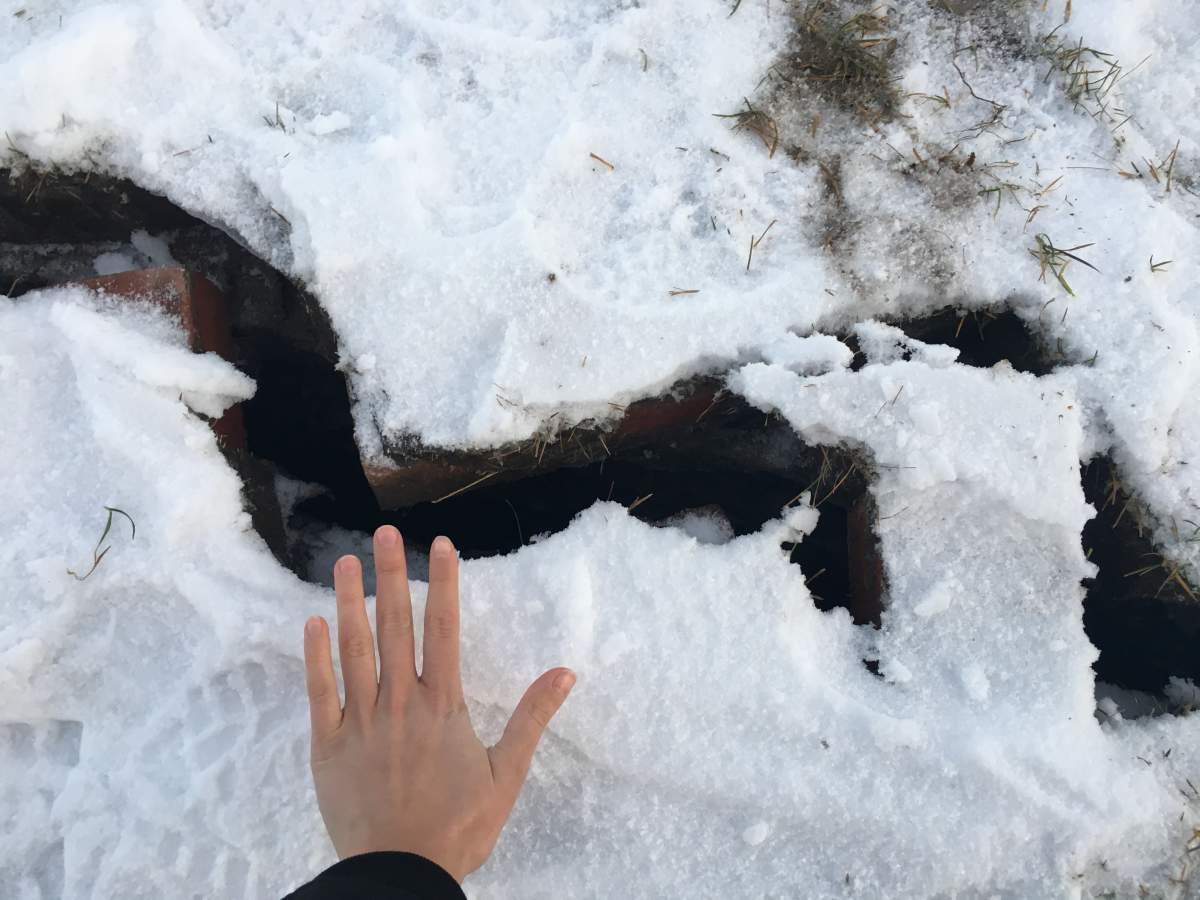






Comments